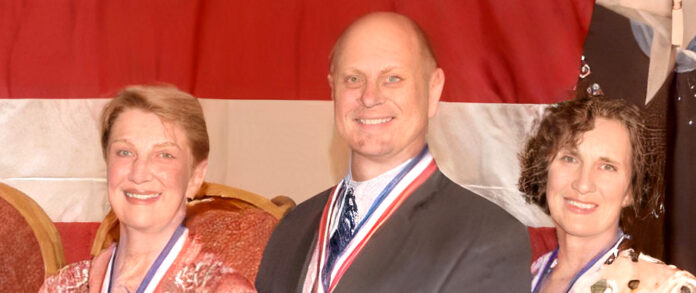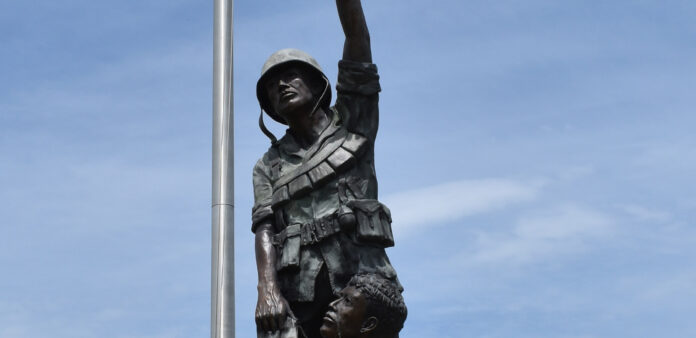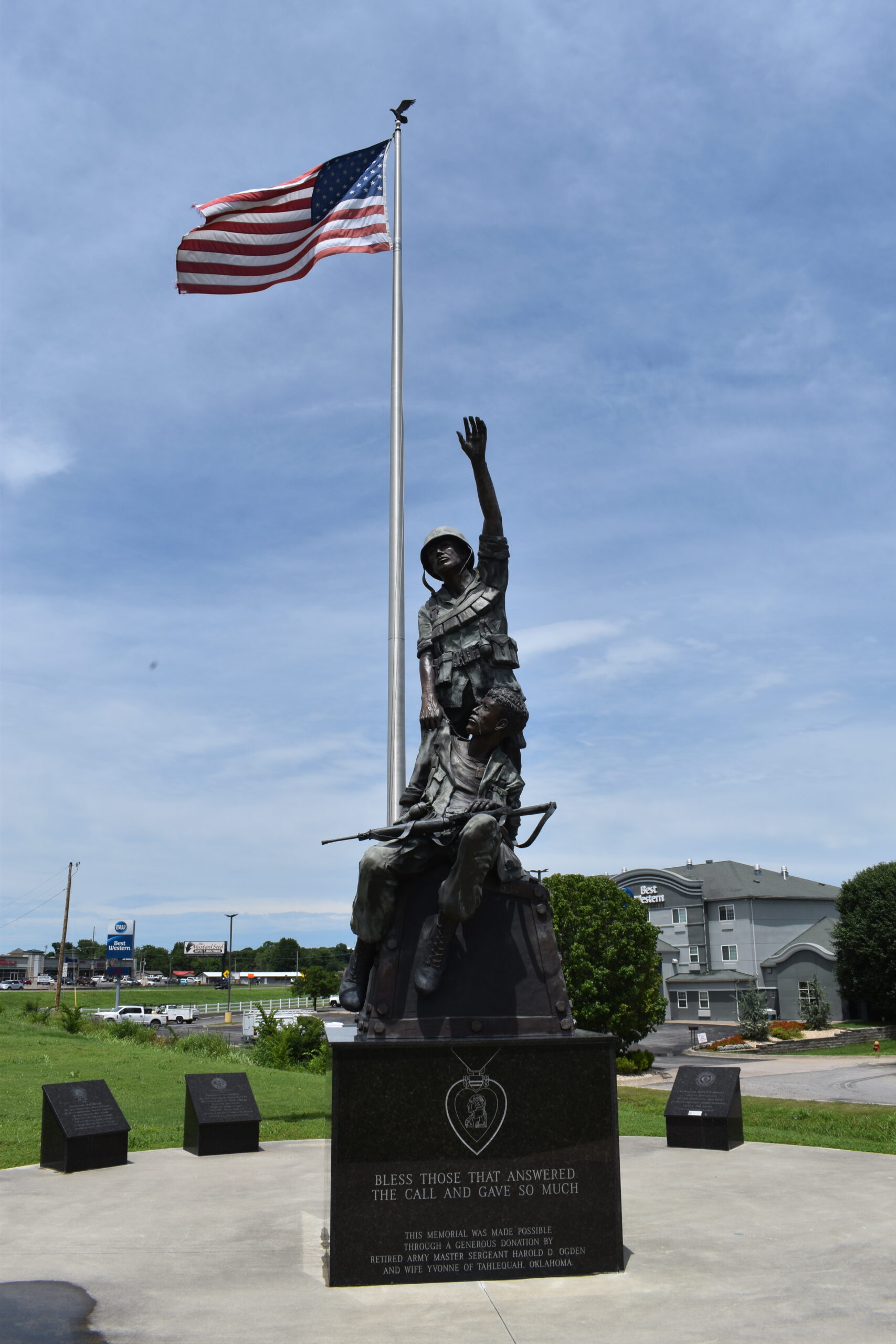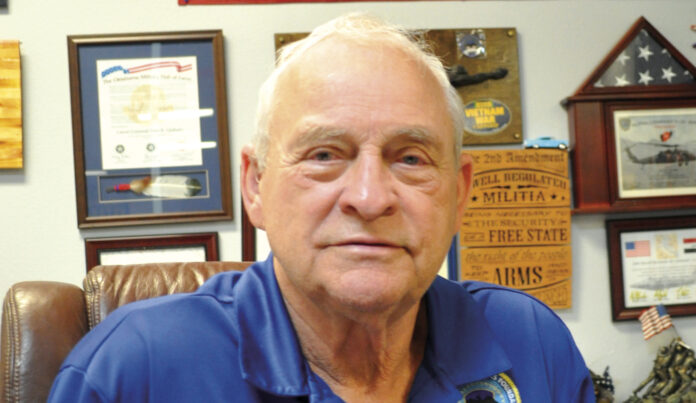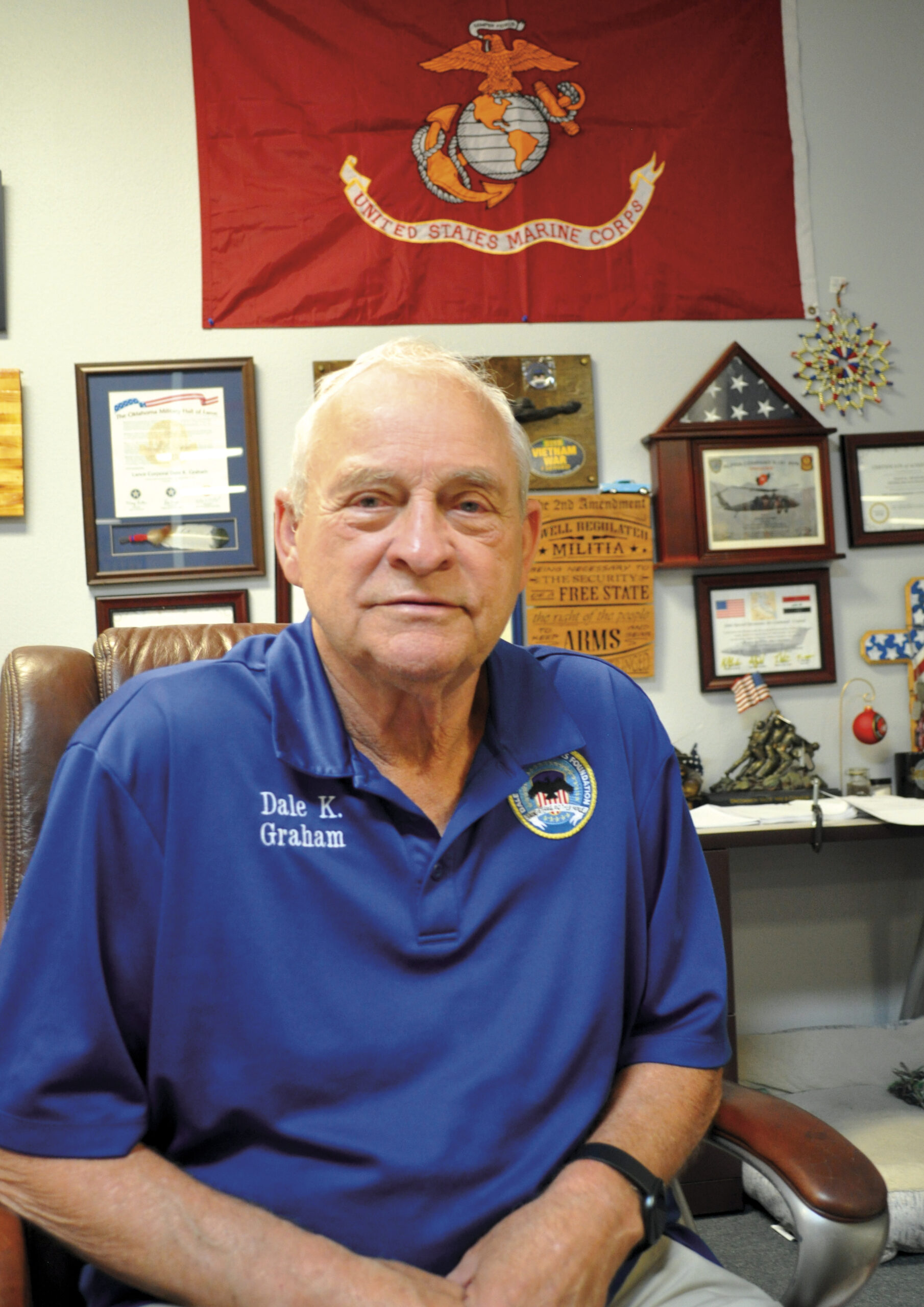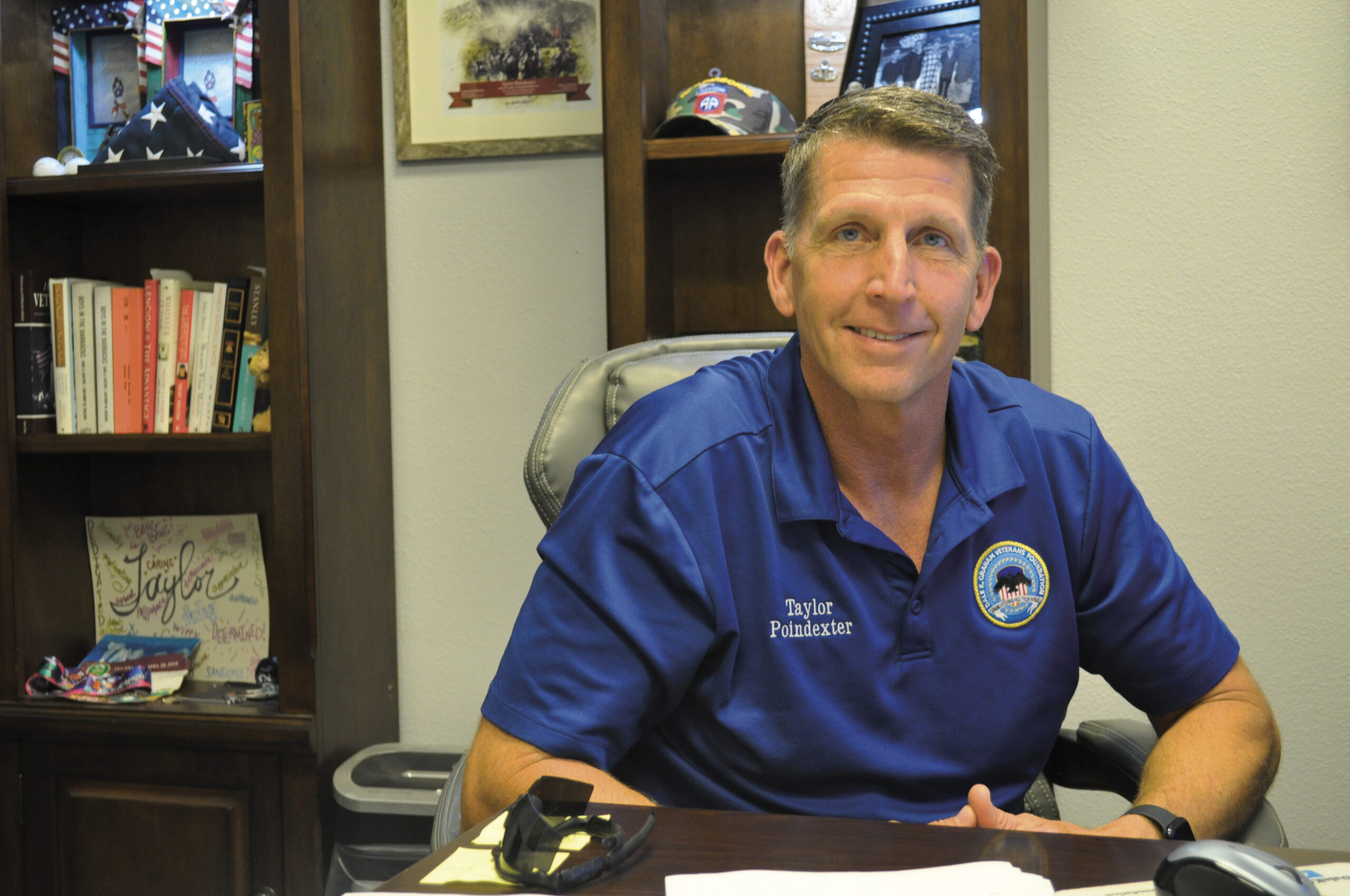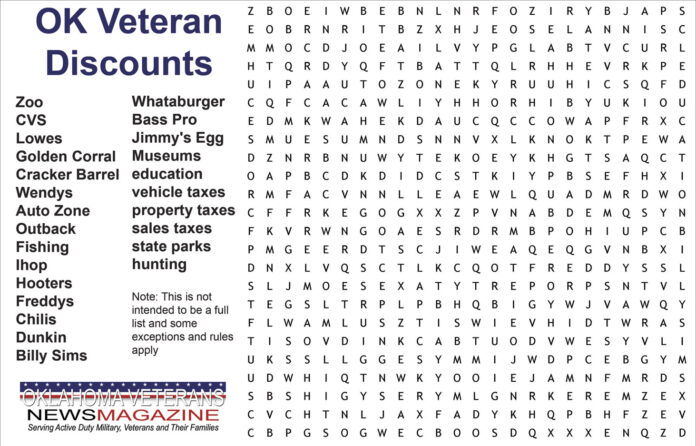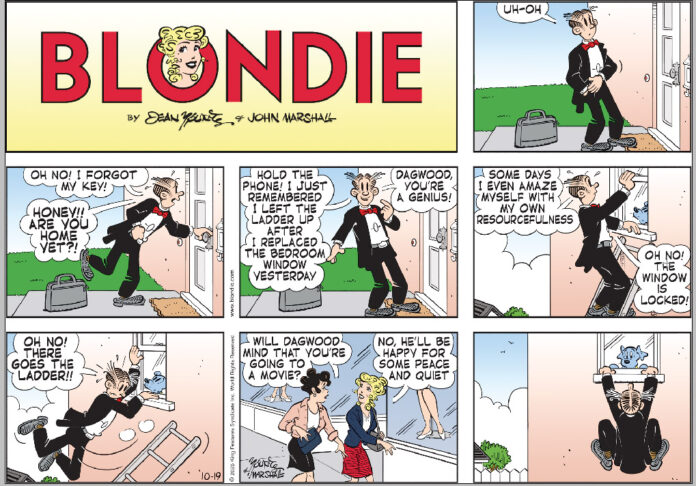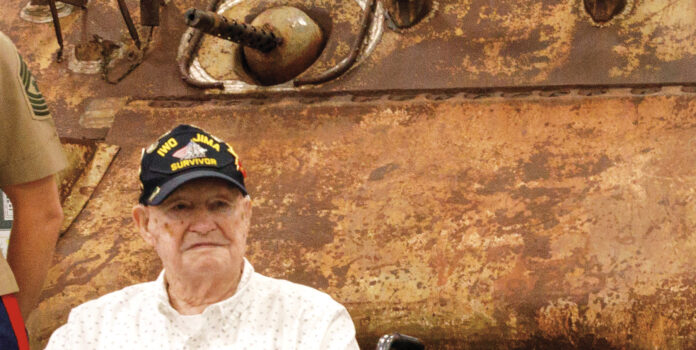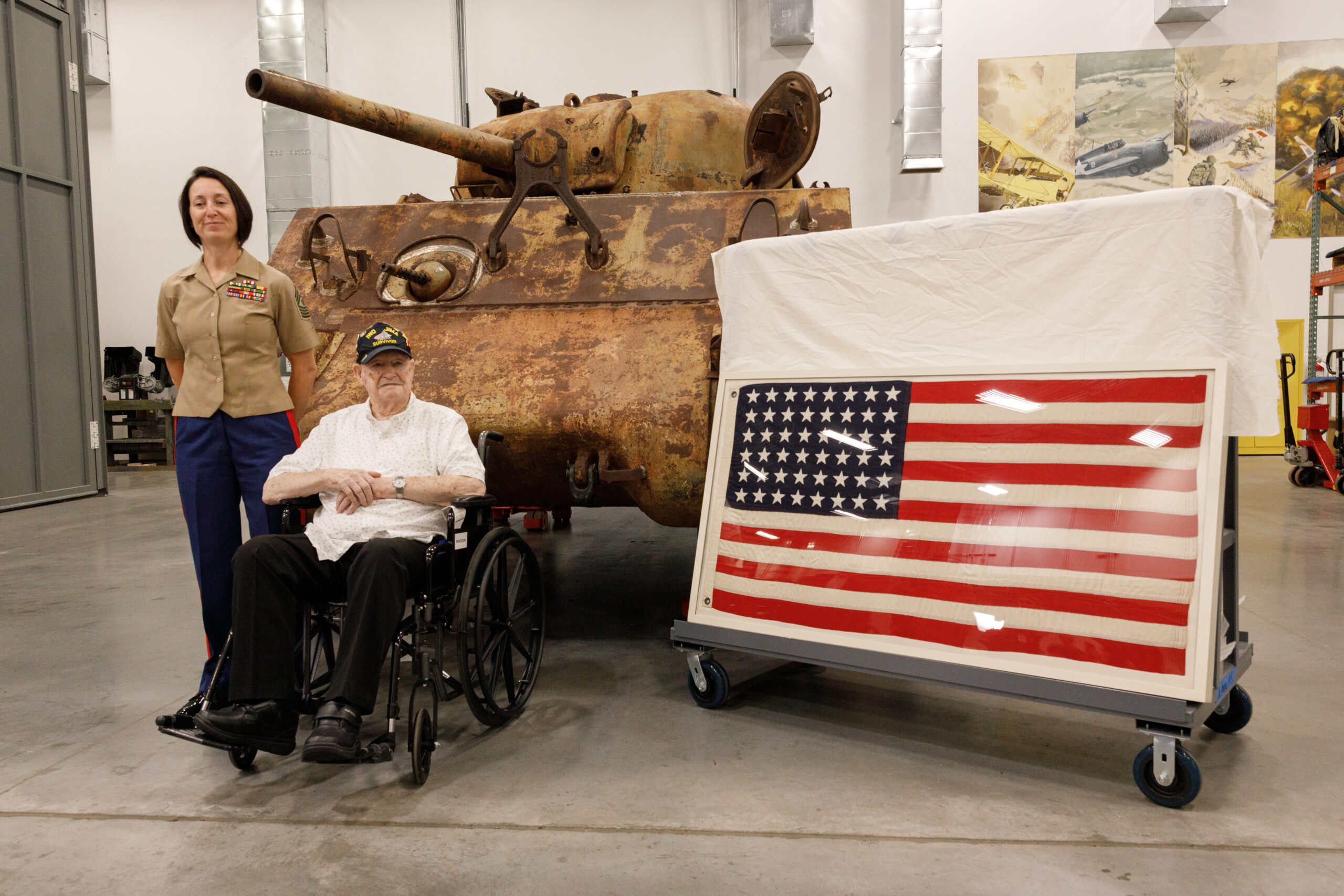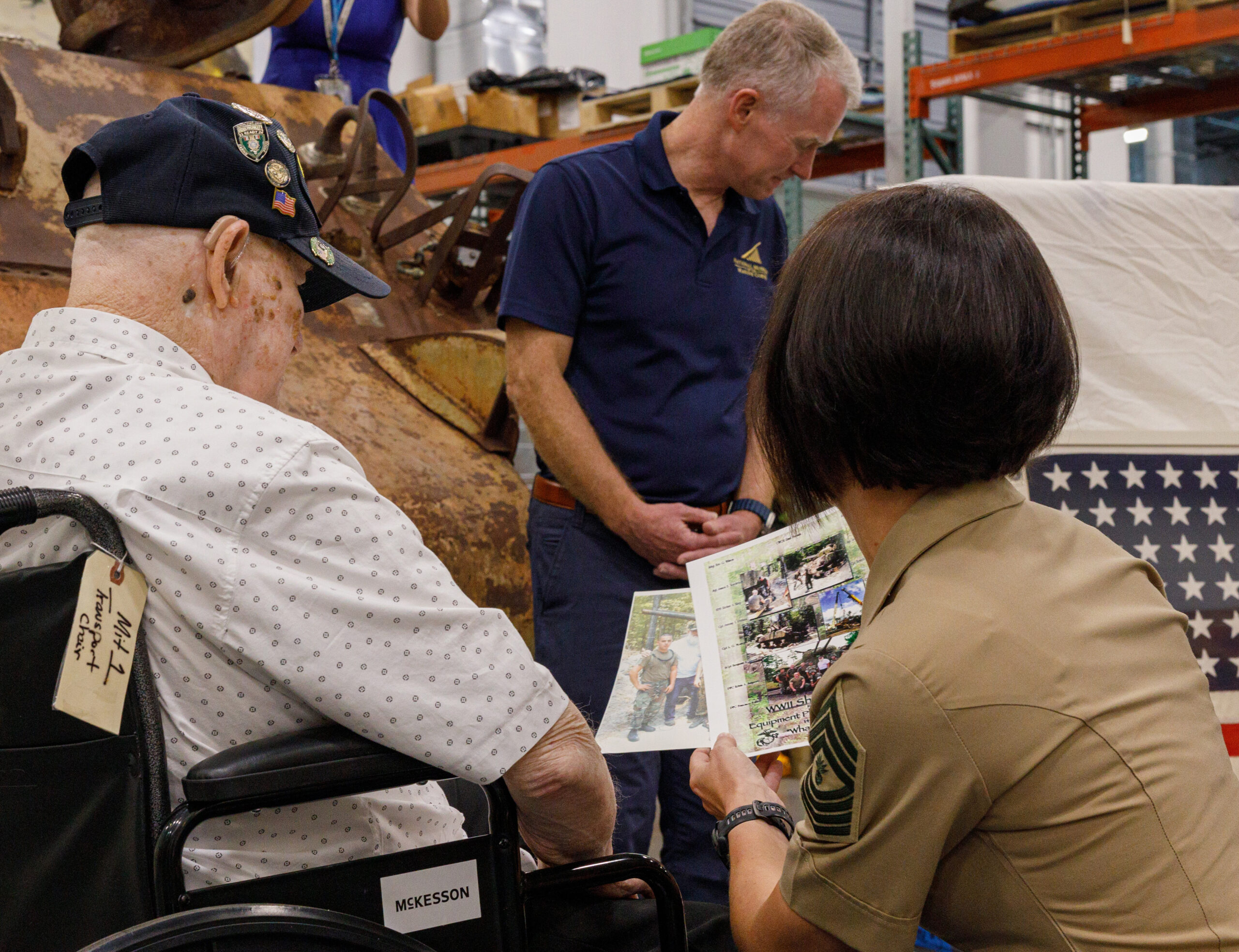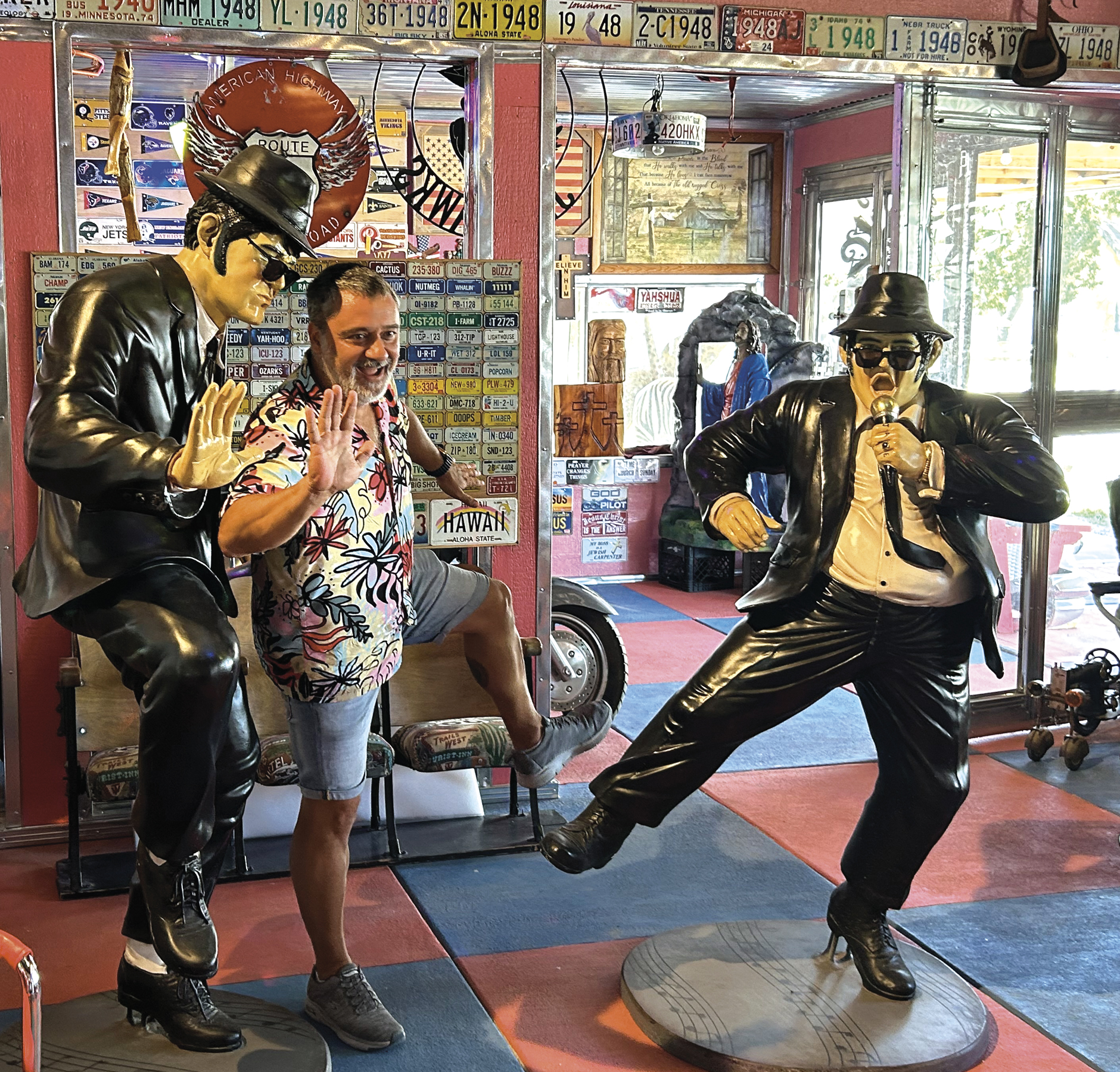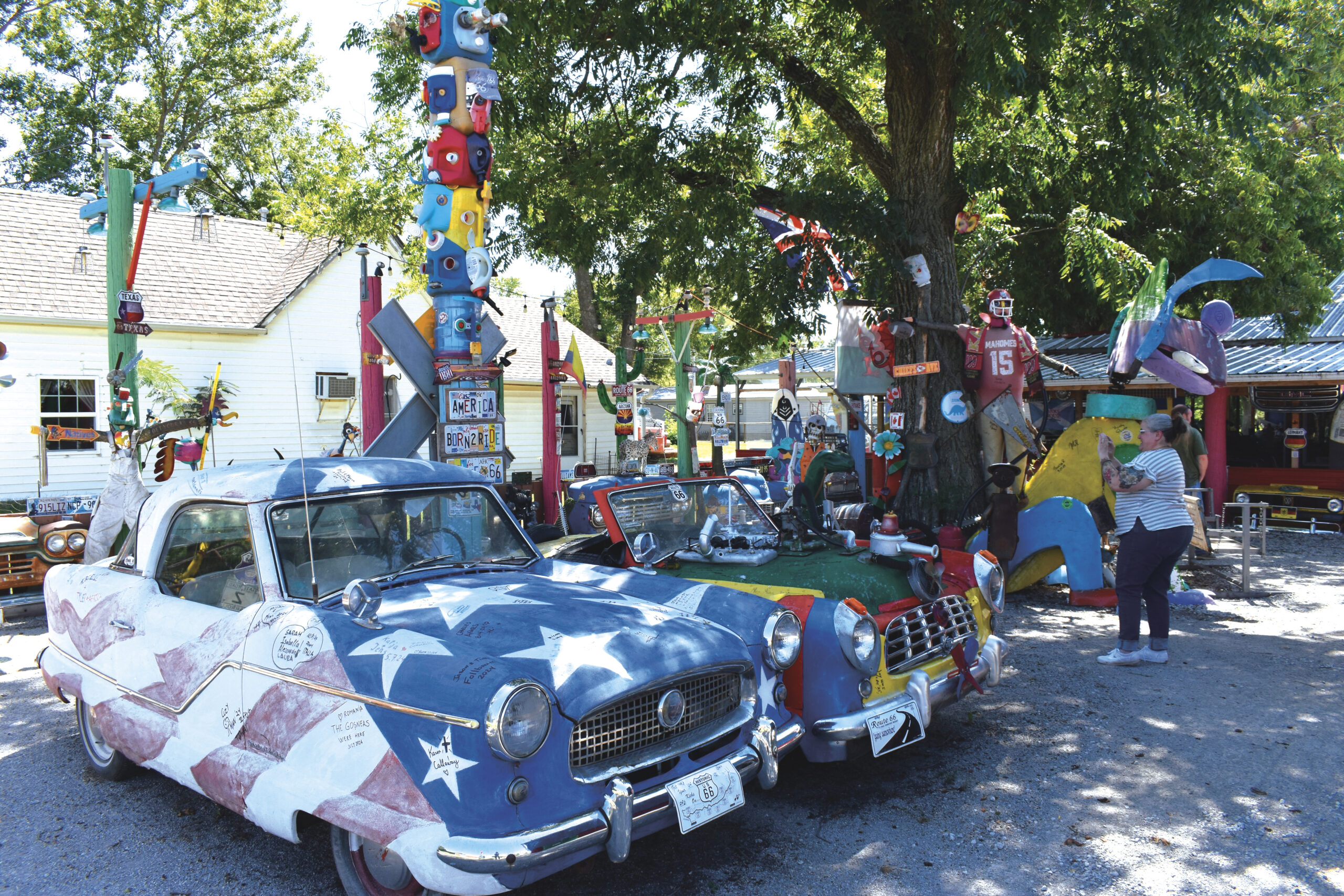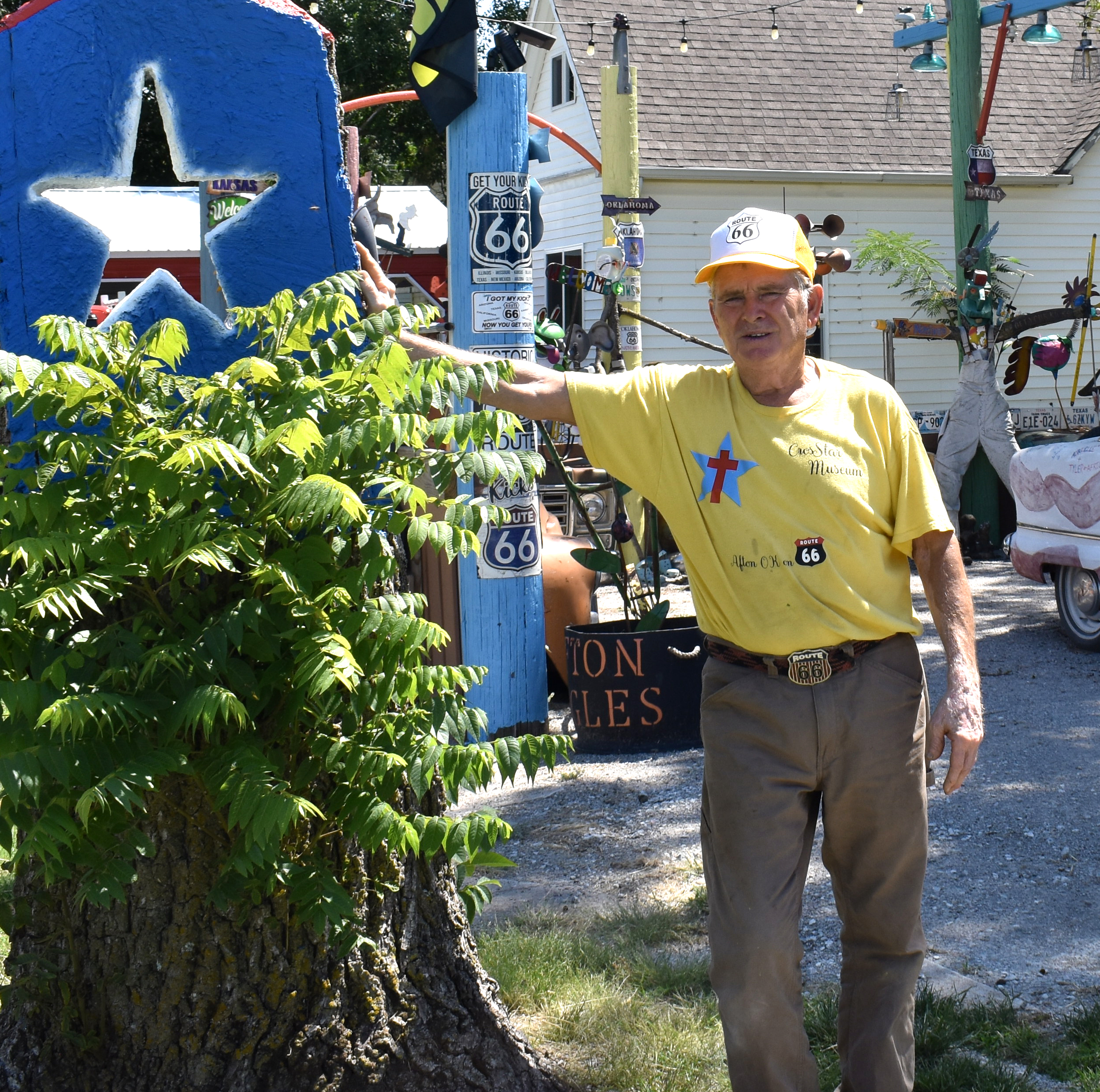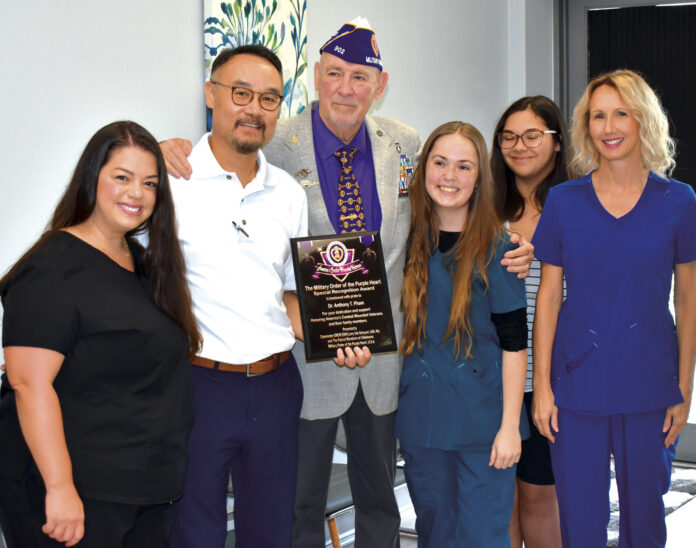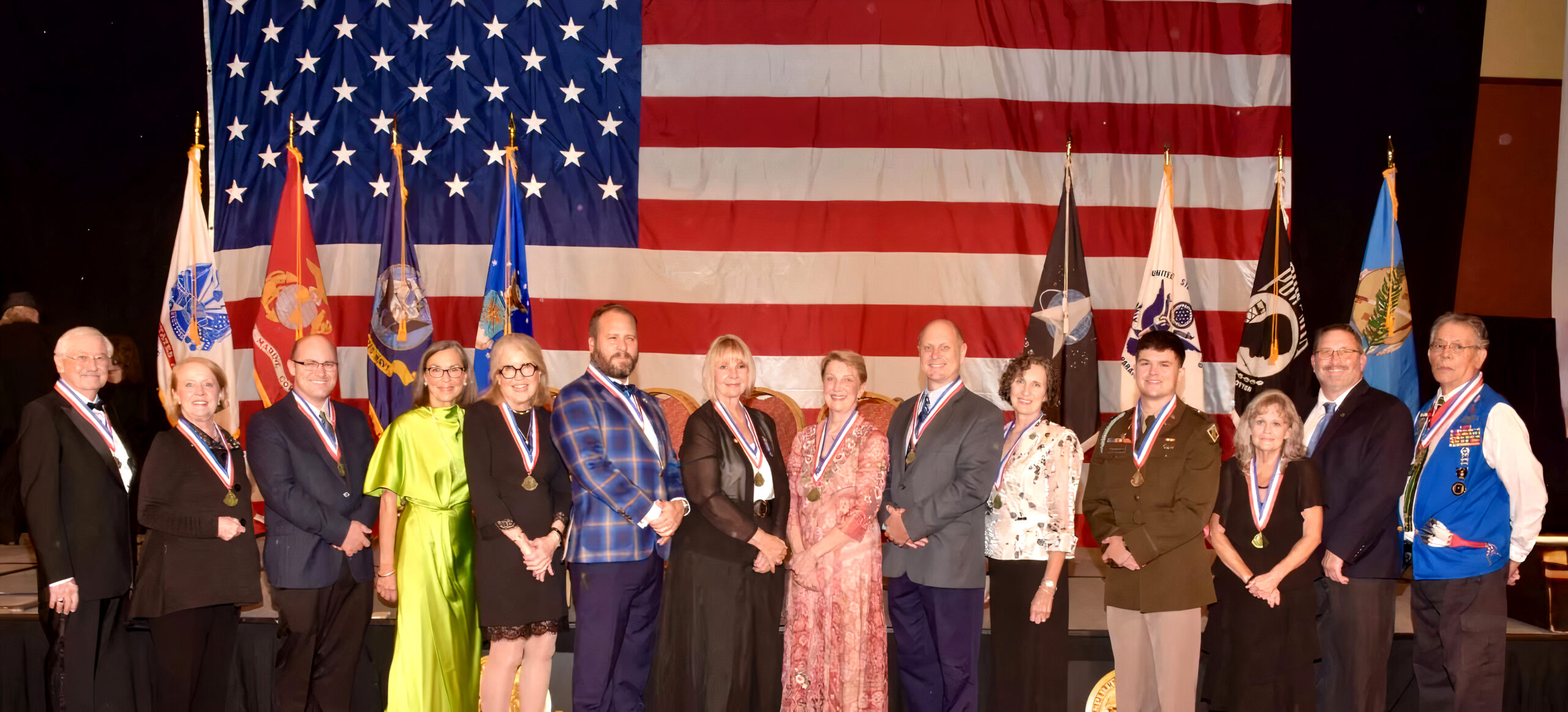
The Oklahoma Military Hall of Fame will celebrate its 26th Banquet and Induction Ceremony on Nov 1 at the Embassy Suites, Norman. This year’s class includes 11 living and deceased service members representing all services and all ranks, one civilian and the Kiowa Code Talkers of WWII. Their achievements are as numerous and inspiring as those as those who have been inducted.
The formal event drew over 600 attendees in 2024, according to Colonel (Ret.) Kelly Zachgo, President of the Oklahoma Military Heritage Foundation, who operates the Hall of Fame. Families, friends and corporate sponsors like the Tinker Federal Credit Union attend to celebrate the honorees.
Zachgo also stated the entertainment will feature singer, performer and speaker Maggie Bond and guitarist Dennis Hoch, a Navy veteran of Vietnam. The 145th Army Band will perform patriotic music.
Major General Douglas O. Dollar, USA (retired), who founded the Hall of Fame, explained the purpose behind the ceremony. “We try to honor veterans for one thing, for valor. They’ve been outstanding in combat. The other criteria is that they may have done community/public service for veterans, and they certainly deserve recognition and encouragement. Also, I think it’s very important to educate the public, especially the state’s youth, about military service and the remarkable stories of Oklahoman service.” As an example, Dollar highlighted Private Oscar Upham, a U.S. Marine who erected barricades under enemy fire in 1900 during China’s Boxer Rebellion and was awarded the Medal of Honor.
A trained “Ambassador” works closely with each honoree or their family, if deceased, to ensure their attendance is enjoyable. Colonel (Ret.) Ernest Goodman, a frequent Ambassador assistant, said, “I’m honored to arrange for the family of Colonel Philip Adair, a deceased WWII Air Force pilot, to attend this year’s ceremony, he stated. “He’s an Oklahoma hero and deserves to be recognized.”
Inductees are selected through a rigorous process to ensure Oklahoma’s most worthy are chosen. Candidates must have a connection to Oklahoma, full biographical information, outstanding civilian and/or patriotic service and most importantly, according to the Hall of Fame’s website, “The military record must demonstrate heroic and/or extraordinary leadership action, service, or sacrifice; and principal awards received.”
Seating is $95 per person, with a check or credit card due by Oct 20th. Dress is Sunday best, business suit, Service Uniform or Mess Dress.
For details or to reserve seats, visit www.OKMHF.ORG or email INFO@OKMHF.ORG.
Inductees
Col Philip R. Adair, U.S. Air Force, 1920 – 2017. Adair enlisted in the Army Air Corps in January 1942, training as a pilot and flew P-40s and P-47s on 139 combat missions in the China-Burma-India theater from 1943 – 1944. On December 13, 1943, he bravely attacked a large enemy bomber formation, earning the Silver Star.
SP4 Glen E. Blood, U.S. Army. SP4 Blood was awarded the Silver Star and two Purple Hearts for heroism in Vietnam on June 12, 1968. Despite sustaining wounds to both legs, his arm, and additional shrapnel injuries, he continued to direct a fierce counterattack and led his squad, carrying wounded soldiers to safety under extreme danger.
LTC Vernon W. Gillespie, Jr., U.S. Army, 1933 – 2017. Gillespie was awarded the Silver Star for heroism in Vietnam (three tours), as well as the Legion of Merit, Bronze Star, and Air Medal while commanding two Special Forces units and led the 2nd Battalion, 1st Cavalry Division.
1LT Michael Waddle, U.S. Army. For gallantry in action in Vietnam as a platoon leader on August 26, 1969, 1LT Waddle was awarded the Silver Star, and received two Bronze Stars for additional acts of merit. He is a certified DAV Service Officer and public speaker on Veterans’ affairs.
MG Doug Dollar Distinguished Public Service Award
CAPT John P. Keilty, U.S. Navy. Former Commodore of Strategic Communications Wing One at Tinker AFB, devoted educator and mentor at Mount St. Mary High School, Rose State College, and Del City High School’s Junior NROTC. Keilty has led or supported numerous community projects.
Mrs. Pamela K. Kloiber. She spent over thirty years working with the local community and supporting Airmen and Sailors at Tinker AFB. She co-founded “Team Tinker Home Away From Home,” a program designed to support first term service members throughout the year, helping reduce suicides among new Airmen. • story by Lt Col Richard Stephens, Jr., USAFR, Ret.


